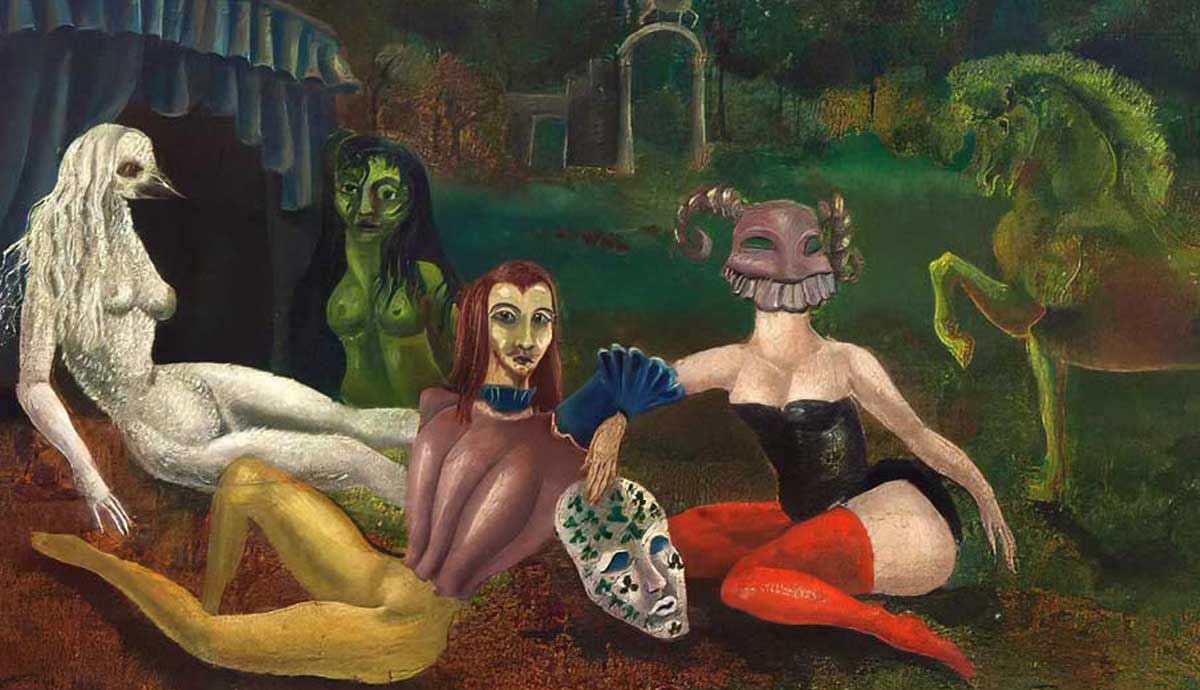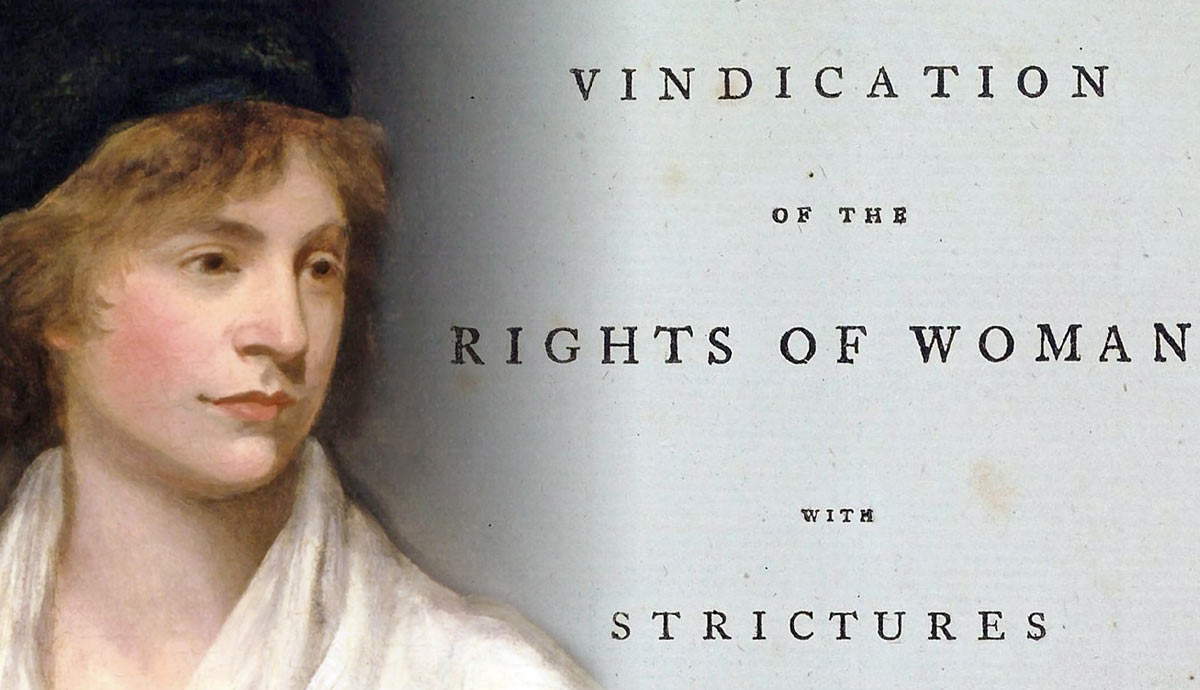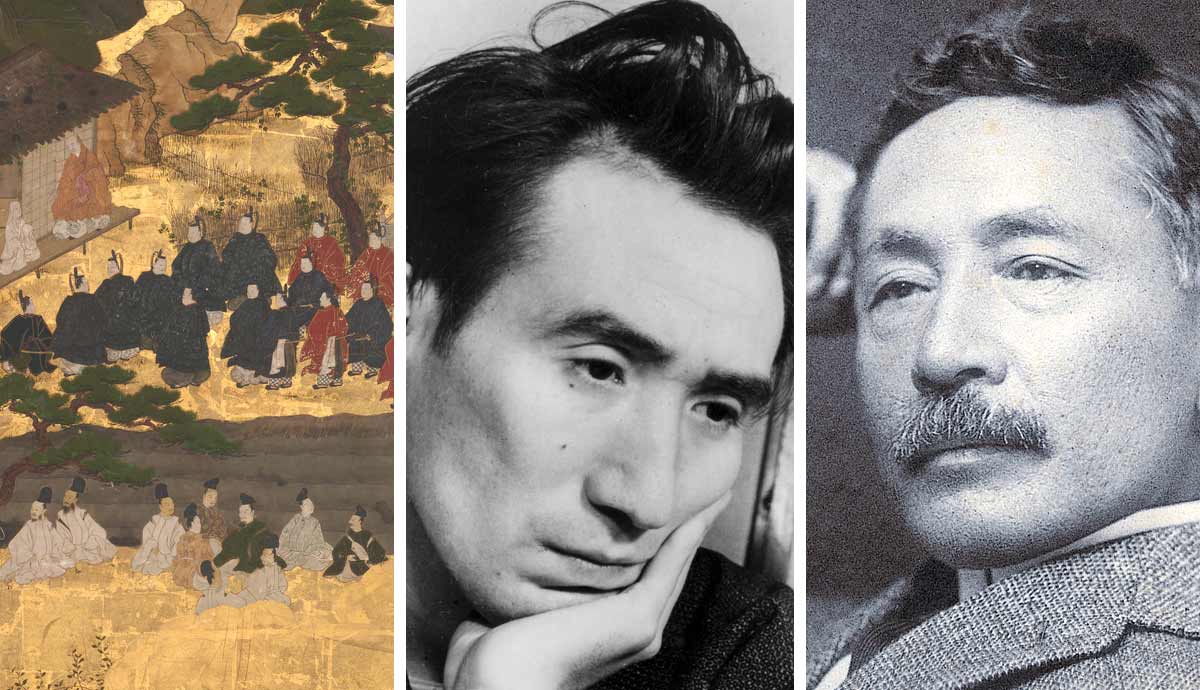
With a history spanning centuries, Japanese literature is made up of a diverse array of works that have captured the nation’s intricate history, culture, and philosophy. From classical tales to modern epics, Japanese literature is filled with works that also examine the unique Japanese themes of beauty, impermanence, and the soul. Here are eight works of Japanese literature that have made their mark, from contemporary works to timeless masterpieces.
1. The Tale of Genji (Genji Monogatari) by Murasaki Shikibu
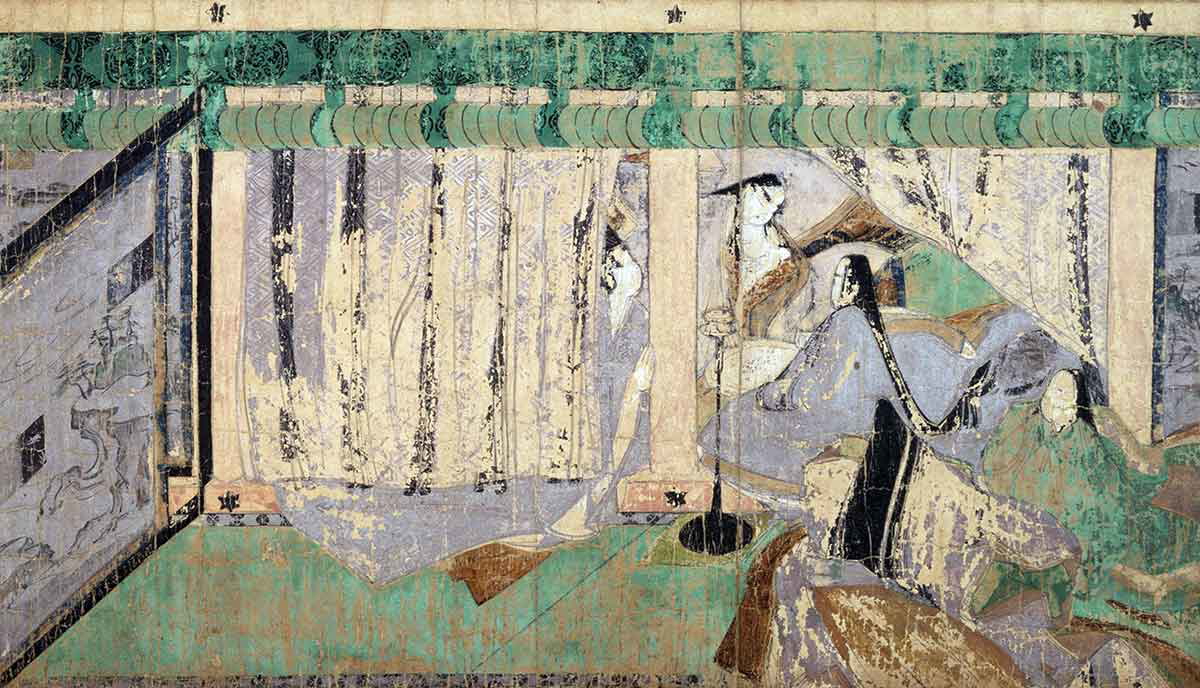
The Tale of Genji by Murasaki Shikibu is a foundation of Japanese literature that is often considered to be the world’s first novel. Originally completed in the year 1010 during the author’s time serving as a lady-in-waiting at the Heian court, the novel represents a sophisticated synthesis of both Chinese and Japanese poetry styles. The Tale of Genji includes approximately 800 poems told in the courtly style and weaves them together across a narrative that is separated into fifty-four chapters. The novel follows the life of the character Hikaru Genji, a man of noble birth who is portrayed as a cultured and romantic figure.
The Tale of Genji is set during the early Heian period in Japan and depicts the aristocratic culture of the time in great detail. The novel renders scenes of courtly entertainment, analyzes the moral values of the time, and even gives fashion advice to potential courtly visitors. Uniquely, as a woman wrote the novel, the prose focuses on Genji’s relationships with various women throughout the narrative, with many of the tales drawing inspiration from real life.
While The Tale of Genji explores the various delights of the Heian court, it also delves into the transient nature of the outside world, drawing from the Buddhist philosophy of impermanence. Despite the fact that the original manuscript has since been lost, The Tale of Genji has remained a significant work of Japanese literature since its publication and has proven how the nation’s literary style incorporates myriad influences to create something wholly unique.
2. The Pillow Book (Makura no Soshi) by Sei Shonagon
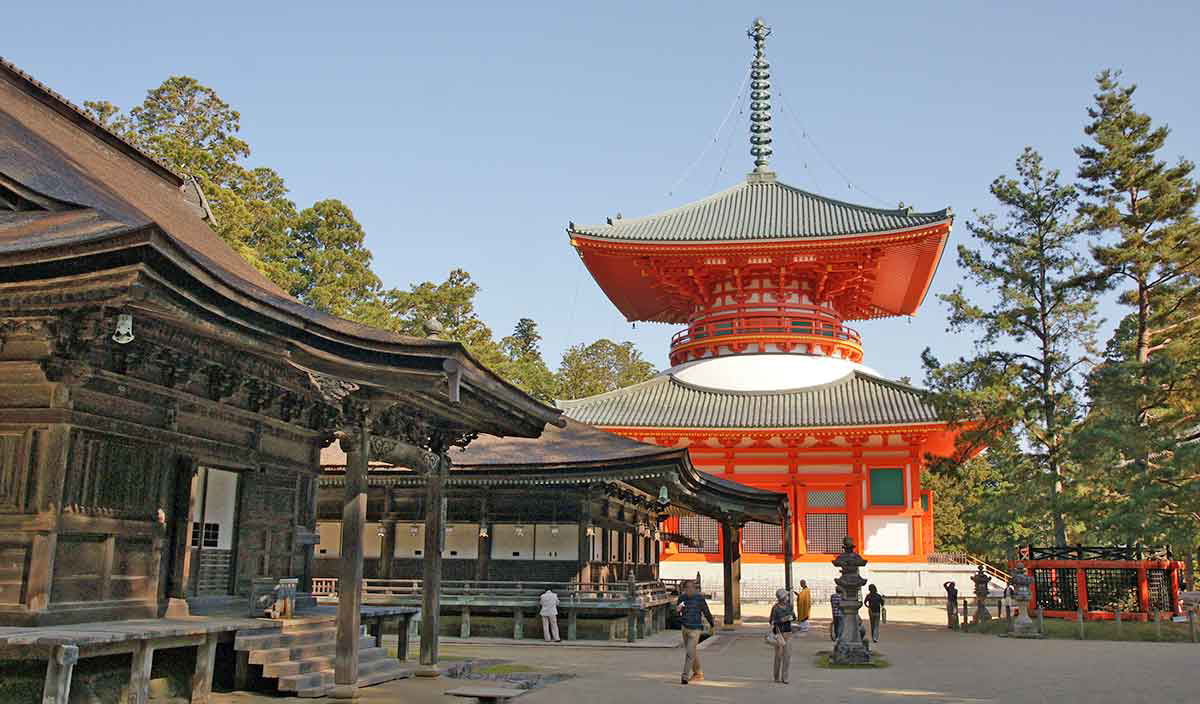
Similar in style to the Tale of Genji, The Pillow Book, written by Sei Shonagon in the year 1002, is a depiction of courtly life during the Heian period. The book is a collection of musings, observations, essays, and poems from the author’s time as a lady-in-waiting to Empress Teishi. The book became famous as it offers a humorous and honest portrayal of courtly life in early Japan. The work offers insight into the inner thoughts of Shonagon and a depiction of the period’s culture and etiquette.
Originally, The Pillow Book was written for the entertainment of the author herself, and dissemination to a wider audience was not originally intended. However, once the existence of the book was revealed to the Heian court, it became well-known and survived throughout the centuries, eventually becoming a celebrated part of Japanese literary tradition.
The context in which it was written placed a high value on the practice of poetry and art, with writing skills being essential for upholding social status. The Pillow Book is significant as it is a prime example of literary expression and a valuable historical document that provides a window into the Heian period.
Notably, before works such as the Pillow Book, the bulk of Japanese artistic writing was made using the Chinese kanji script. In a departure, Shonagon wrote the majority of the Pillow Book in Japanese native hiragana script, as this allowed more personal expression than the male-dominated Chinese kanji script. Shonagon utilized both hiragana and kanji during her work, making the Pillow Book an enduring example of early Japanese literature and female authorship.
3. Kokoro by Natsume Soseki
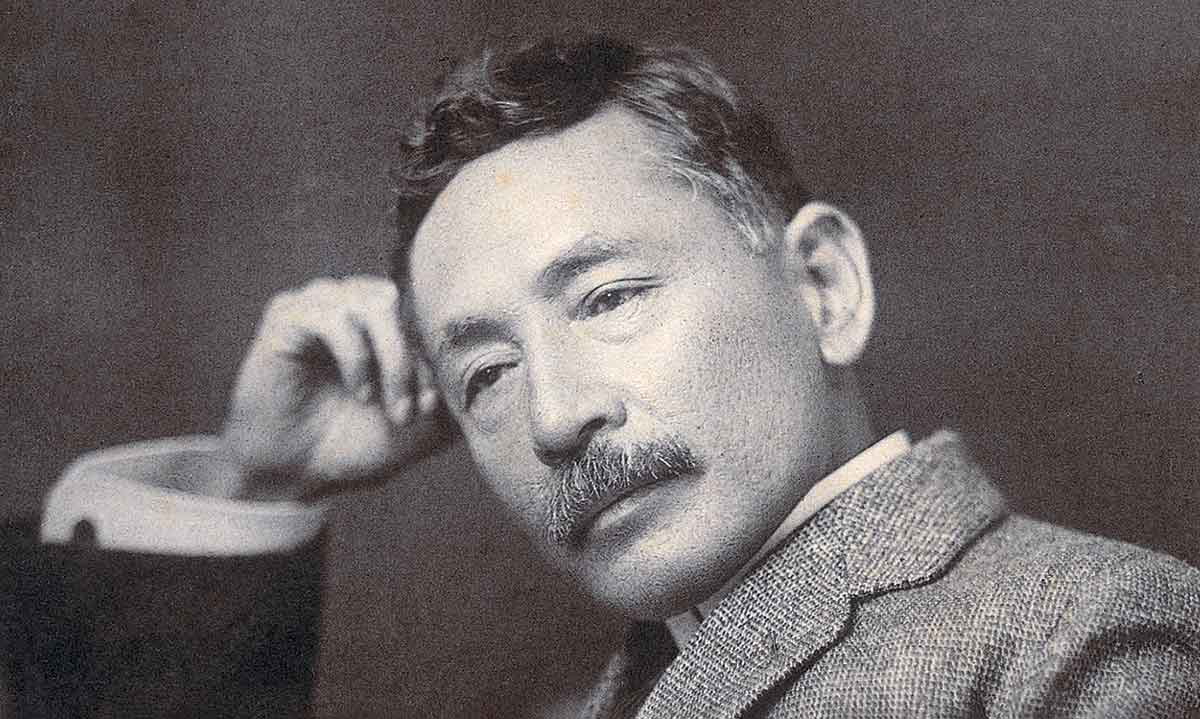
Published in 1914, Kokoro by Natsume Soseki is a novel set during Japan’s transformative Meiji era and focuses on the complex relationship between a young man and his older mentor. The novel was originally released periodically in the newspaper Asahi Shimbun and has since become one of the best-selling Japanese books of all time. The title of the book is translated to “heart,” but in Japanese, this word can also convey the meaning of “spirit” or “sentiment.”
The novel is told in three distinct parts: the first two from the perspective of the young man, and the third is a letter from the older mentor revealing his tragic backstory. A key theme of the novel is philosophical isolation, an issue that is referenced throughout. This directly reflects the author’s own changing attitudes to traditional Japanese values at a time when Western ideas began to take hold.
4. Snow Country (Yukiguni) by Yasunari Kawabata
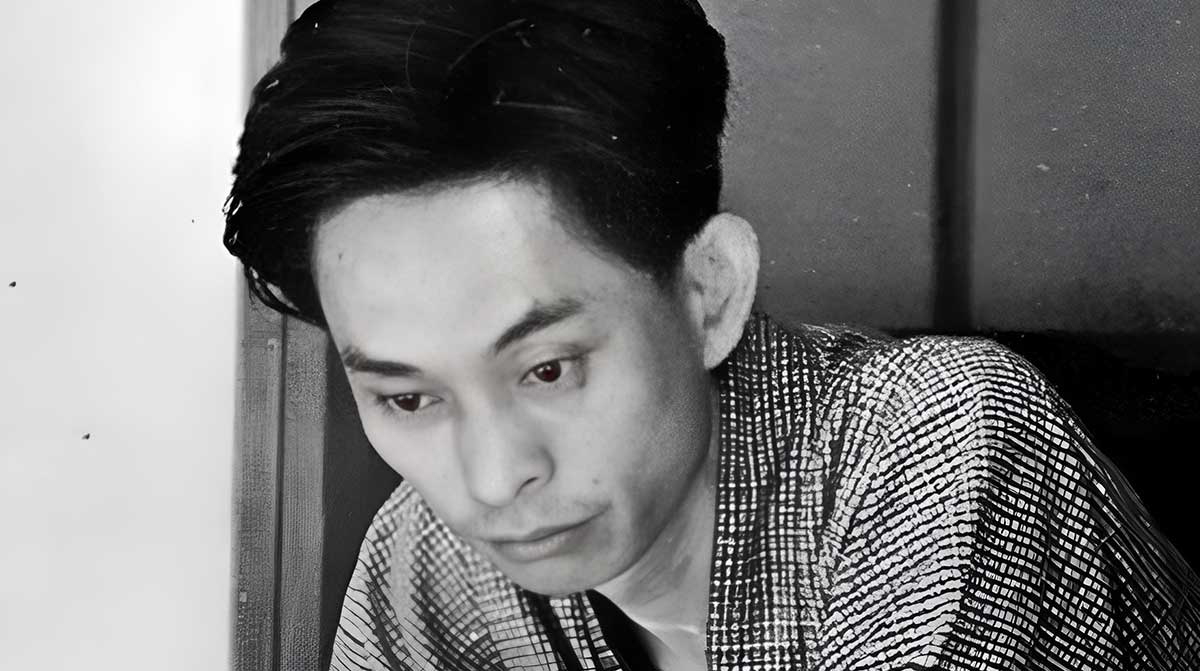
Originally released in 1948, Snow Country by Yasunari Kawabata is one of the most celebrated works of modern Japanese literature and is one of three works that earned the author the Nobel Prize for literature in 1968. The novel is set in a remote hot spring town in the snowy mountains of rural Japan, where an affair between a wealthy Tokyo businessman and a local geisha blossoms. The novel not only tells the story of this relationship but also explores the complex themes of isolation, beauty, and nature through its characters. Kawabata’s writing style, often utilizing short and rhythmic scenes to tell the story, has been likened to that of haiku poetry.
5. No Longer Human (Ningen Shikkaku) by Osamu Dazai
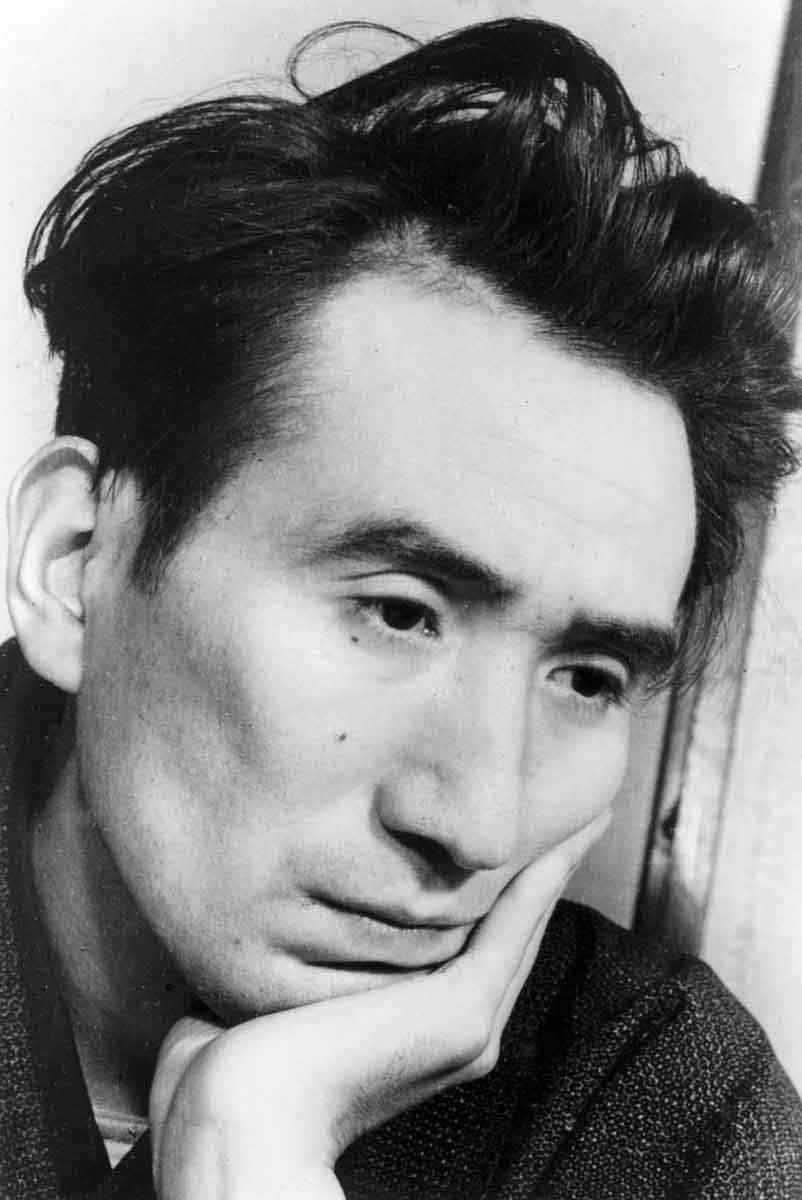
Published in the same year as Snow Country, the novel No Longer Human by Osamu Dazai is a partially autobiographical novel that explores the modern existential themes of alienation, depression, and self-hatred. The novel follows the character of Yozo, a man who attempts to escape his internal feelings of self-hatred by displaying an outwardly comedic face. Eventually, Yozo succumbs to his inner demons and begins to turn to alcoholism, drug abuse, and self-harm. The novel was published not long after the author’s own suicide and draws from their own personal experiences with multiple psychological issues.
Despite its bleak subject matter, No Longer Human is one of the most widely read novels in modern Japanese literature. The work found an audience among the disillusioned post-war Japanese youth who regarded Dazai’s work as a masterpiece. Critics have hailed the work as a landmark in its genre and have praised the novel as a powerful reflection on the human condition and emotional suffering within Japanese society.
6. The Tale of the Heike (Heike Monogatari)
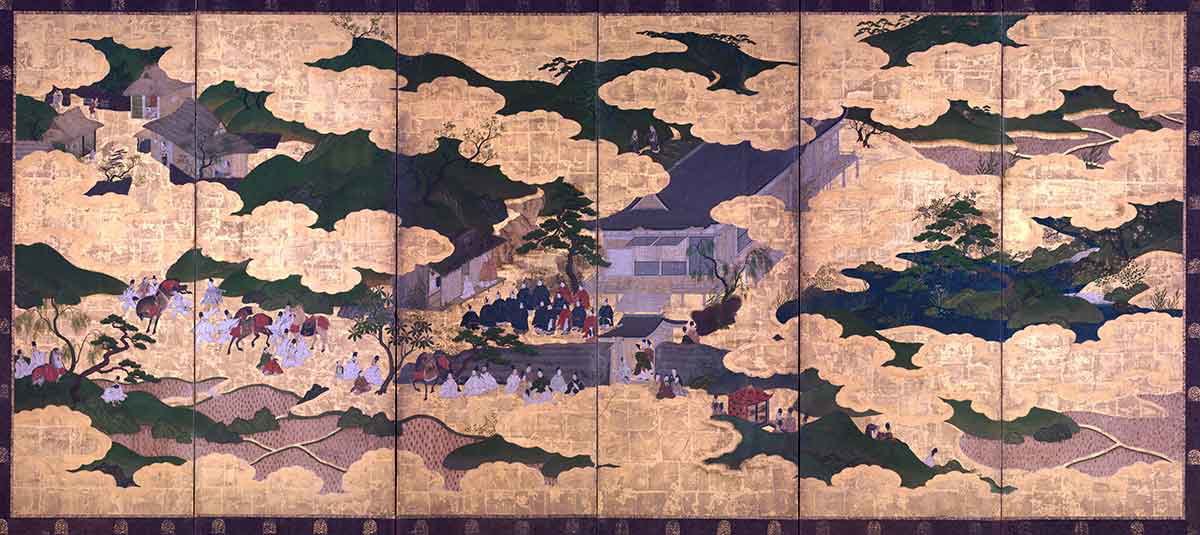
The Heike Monogatari, or The Tale of the Heike, is an epic work of Japanese literature dating to the medieval period, which holds a similar level of cultural significance for Japan as Homer’s Iliad does for the Western world. The epic work inspired dramas, songs, and folk ballads that are still told in Japan today.
The Tale of the Heike does not have one single credited author, as it originated from the oral traditions and texts of various Japanese peoples between the years 1190 and 1221. These traditional texts are thought to have been consolidated into one form around the year 1240 by respected scholars. The work is written in a unique style of poetic prose that was intended to be read out in the oral tradition of the time, accompanied by the sounds of the four-stringed biwa instrument. After some time, the definitive version of The Tale of the Heike was written down in 1371, based on the oral recitation of the work by a blind priest named Kakuichi.
The Tale of the Heike is based on the historical conflict between two rival clans, the Heiki and the Genji, a conflict that led to years of civil war in Japan. One of the key figures in the tale is Minamoto Yoshitsune, a noble samurai and a legendary figure in Japanese history. The central theme is the impermanence of all things, a key component of Buddhist philosophical teaching.
7. Rashomon and Other Stories by Ryunosuke Akutagawa
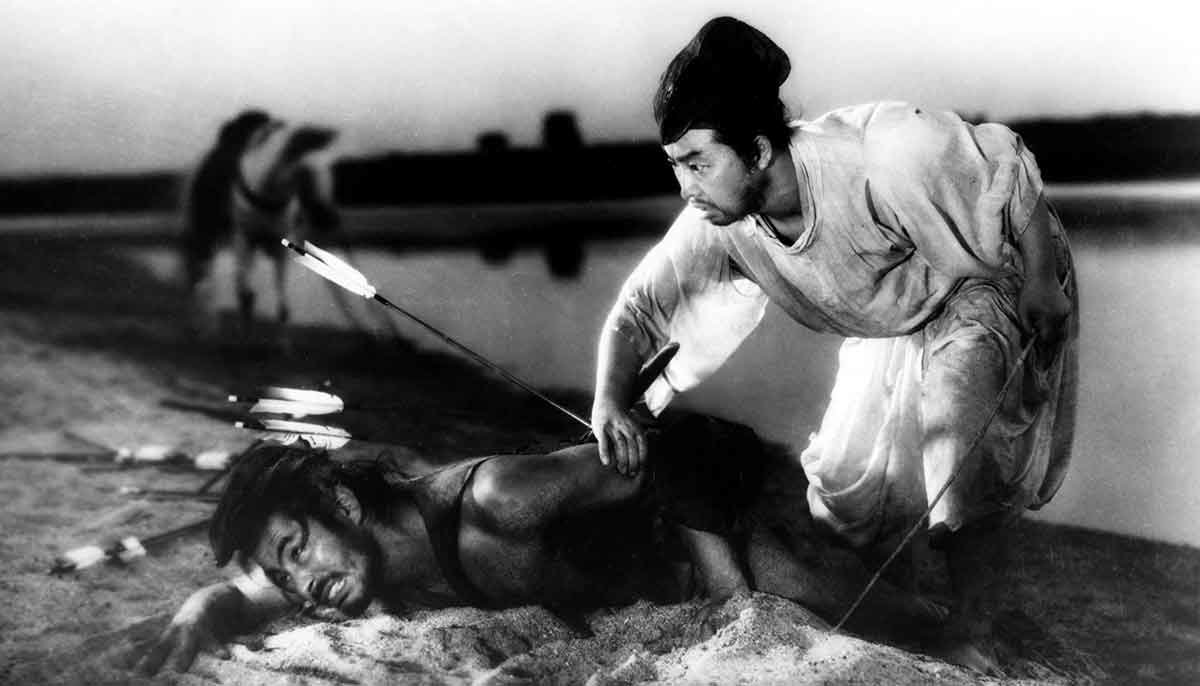
Having a profound effect on the short story genre, Rashomon by Ryunosuke Akutagawa was first published in 1915. The plot revolves around an encounter between a servant and an old woman in a place where dead bodies are sometimes dumped. It draws from Japanese folktales to tell a tale of moral ambiguity and the nature of beauty. Akutagawa became known as the pioneer of the short story format in Japanese literature and was a prominent writer during the inter-war Taisho period.
Born and raised in Tokyo, Akutagawa was brought up by his maternal uncle after his mother suffered a period of mental ill-health. While studying at the Tokyo Imperial University, he became close friends with literary figures Kan Kikuchi and Yuzo Yamamoto, who inspired him to pursue writing as a full-time career. However, despite the success his short stories found upon publication, Akutagawa never truly recovered from the mental health struggles that plagued his family. He committed suicide at just thirty-five years old.
8. Confessions of a Mask by Yukio Mishima
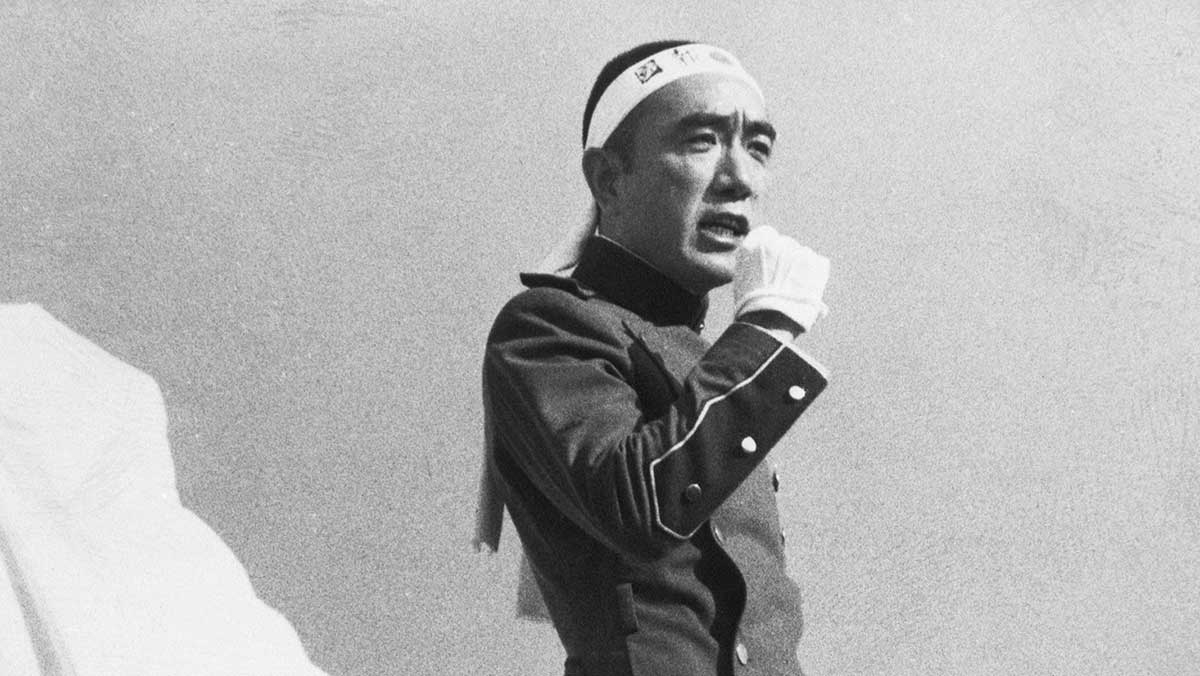
Perhaps one of the most widely known figures of modern Japanese literature, Yukio Mishima’s literary work has since been overshadowed by the tragic direction his life took.
Released in 1949, Confessions of a Mask was Mishima’s second published novel. It explores themes of masculinity, repressed homosexuality, and the societal demand to hide aspects of the latter.
The work soon became hugely popular and critically regarded. The novel’s success catapulted Mishima to national fame at the start of his literary career. Since its publication, literary critics have posited that the book’s main character is a reflection of Mishima himself and that the main themes of the book are essentially autobiographical in nature.
Throughout the ensuing decades, Mishima began to develop a personal philosophy that espoused glory, tradition, and a return to the nationalist ideology, which had dominated much of Japanese society throughout the 20th century. On November 25, 1970, Yukio Mishima, along with a number of his followers, attempted to overthrow the Japanese government and restore what they perceived as an honorable military dictatorship. The coup was unsuccessful, and Mishima committed ritual suicide.




